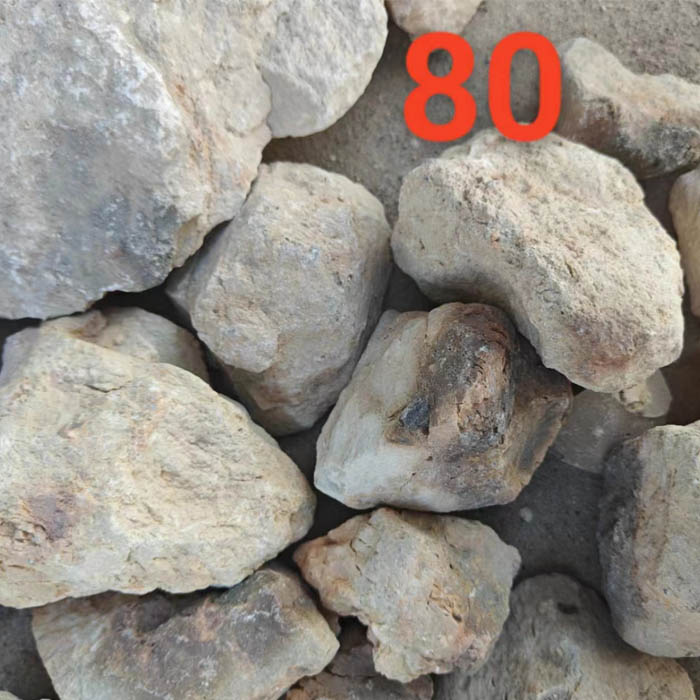Feb . 03, 2025 01:49 Back to list
alternative interior wall materials
Opting for innovative interior wall materials can dramatically transform the ambiance of a living or working space while also serving functional purposes. Traditional drywall has dominated the market for decades, but alternative materials are emerging that boast superior aesthetics, enhanced durability, and improved environmental profiles. Below, we explore some of the best alternative interior wall materials, examining the distinct advantages they offer and their suitability for different applications.
Hempcrete A newcomer in sustainable building materials, hempcrete is made from the woody core of the hemp plant mixed with lime. This combination results in a light, yet tough material that excels in insulation and moisture regulation. Hempcrete's ability to breathe provides a healthful indoor climate by preventing mold and improving air quality. Though traditionally used for external walls, its application as an interior wall finish is gaining traction due to its unique aesthetic and sustainability credentials. Metal Sheets Utilizing metal sheets in interior design appeals to those with a penchant for contemporary or high-tech design. Copper, brass, and stainless steel sheets are particularly popular for their reflective properties, creating dynamic visual effects. Metal is highly durable, resistant to moisture and fire, and easy to clean, making it a practical choice for kitchens and bathrooms. Moreover, metal sheets can serve as outstanding backsplash materials, adding a touch of glamour and sophistication. Fiberglass Reinforced Panels (FRP) These panels are specifically engineered for high-demand environments. Known for their resilience to water, scrapes, and impacts, FRP boards are a preferred option in commercial kitchens, laboratories, and hospitals. They require minimal maintenance and can withstand rigorous cleaning. Available in numerous colors and textures, FRP panels can be customized to complement any design style while providing long-lasting reliability and safety. Plaster Although traditional plaster has been used for centuries, modern enhancements have rejuvenated its desirability. Plaster provides a smooth, durable finish that can be tinted to match any color scheme. Its fire-resistant qualities and excellent insulation properties add to its functional benefits. Plaster's ability to be molded into intricate shapes or to have artful textures applied means that it can be the canvas for highly personalized interiors. When selecting an alternative interior wall material, it is essential to consider the specific needs of the space, such as humidity levels, desired acoustics, and aesthetic preferences. Each of these materials brings a distinct set of qualities that can add value and personality to a space, promising an outcome that is as functional as it is visually striking. By paying attention to the synergies between material properties and design intentions, one can create environments that are not only structurally sound but also ecologically responsible and aesthetically captivating.


Hempcrete A newcomer in sustainable building materials, hempcrete is made from the woody core of the hemp plant mixed with lime. This combination results in a light, yet tough material that excels in insulation and moisture regulation. Hempcrete's ability to breathe provides a healthful indoor climate by preventing mold and improving air quality. Though traditionally used for external walls, its application as an interior wall finish is gaining traction due to its unique aesthetic and sustainability credentials. Metal Sheets Utilizing metal sheets in interior design appeals to those with a penchant for contemporary or high-tech design. Copper, brass, and stainless steel sheets are particularly popular for their reflective properties, creating dynamic visual effects. Metal is highly durable, resistant to moisture and fire, and easy to clean, making it a practical choice for kitchens and bathrooms. Moreover, metal sheets can serve as outstanding backsplash materials, adding a touch of glamour and sophistication. Fiberglass Reinforced Panels (FRP) These panels are specifically engineered for high-demand environments. Known for their resilience to water, scrapes, and impacts, FRP boards are a preferred option in commercial kitchens, laboratories, and hospitals. They require minimal maintenance and can withstand rigorous cleaning. Available in numerous colors and textures, FRP panels can be customized to complement any design style while providing long-lasting reliability and safety. Plaster Although traditional plaster has been used for centuries, modern enhancements have rejuvenated its desirability. Plaster provides a smooth, durable finish that can be tinted to match any color scheme. Its fire-resistant qualities and excellent insulation properties add to its functional benefits. Plaster's ability to be molded into intricate shapes or to have artful textures applied means that it can be the canvas for highly personalized interiors. When selecting an alternative interior wall material, it is essential to consider the specific needs of the space, such as humidity levels, desired acoustics, and aesthetic preferences. Each of these materials brings a distinct set of qualities that can add value and personality to a space, promising an outcome that is as functional as it is visually striking. By paying attention to the synergies between material properties and design intentions, one can create environments that are not only structurally sound but also ecologically responsible and aesthetically captivating.
Next:
Latest news
-
High-Purity Graphitized Petroleum Coke & Low Nitrogen Recarburiser
NewsAug.21,2025
-
High-Performance Fe-C Composite Pellets for BOF
NewsAug.19,2025
-
Tundish Dry Vibrator: Enhance Refractory Life & Casting Efficiency
NewsAug.18,2025
-
Building Material for Round Wall Exporters: Quality & Durable
NewsAug.17,2025
-
Low Nitrogen Graphitized Petroleum Coke | High Purity Recarburiser
NewsAug.16,2025
-
Premium First Bauxite Exporters & Suppliers Worldwide
NewsAug.15,2025
